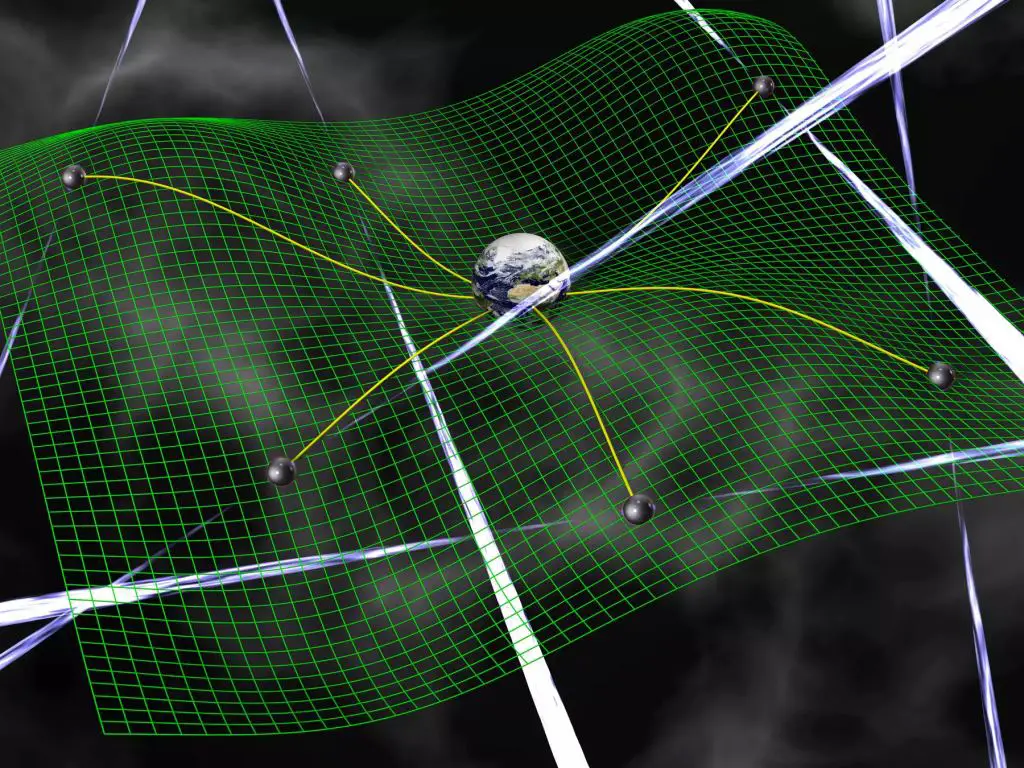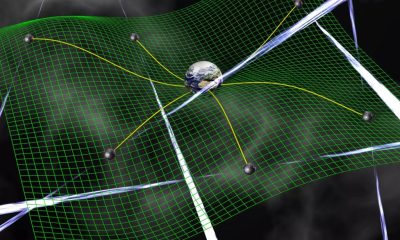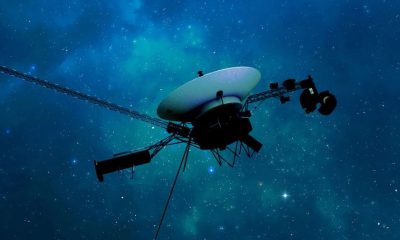News
How ChatGPT’s A.I. Is Transitioning Into the Physical World

Artificial intelligence (A.I.) has come a long way in recent years, with companies like OpenAI and Midjourney leading the charge in developing advanced technologies such as chatbots and image generators that operate in the digital world. However, a new frontier is emerging as a start-up founded by former OpenAI researchers is now venturing into bringing A.I. technology into the physical world.
Covariant, a robotics company based in Emeryville, California, is at the forefront of this movement, leveraging the same technology development methods used for chatbots to create A.I. systems that can navigate and interact with the physical world. Their focus is on developing robots that can pick up, move, and sort items in warehouses and distribution centers, with the ultimate goal of helping robots understand their surroundings and make informed decisions.
One of the key innovations that Covariant is bringing to the table is the ability for robots to comprehend and respond to natural language, similar to how people interact with chatbots like ChatGPT. This opens up new possibilities for human-robot communication and collaboration in various industrial settings.
While the technology is still in development and not without its imperfections, it signals a significant shift in the capabilities of A.I. systems. Just as chatbots and image generators have revolutionized the digital landscape, A.I. technologies like those being developed by Covariant are poised to revolutionize the physical world, from warehouses and manufacturing plants to roadways and even homes.
Covariant’s approach involves feeding vast amounts of data into neural networks, the backbone of A.I. systems, to enable robots to learn from their environment and make sense of complex sensory inputs. By combining data from cameras, sensors, and textual sources, the company has been able to create a foundational model for robotics that empowers robots to handle a range of tasks and adapt to unforeseen scenarios.
One of the key benefits of this approach is that robots can now respond to plain English commands and even generate predictions about their environment based on the data they’ve analyzed. This level of autonomy and adaptability opens up new possibilities for the use of robots in various industries, paving the way for more efficient and versatile applications.
Despite the potential of this technology, challenges remain, particularly when it comes to ensuring safety and reliability in high-stakes environments. A.I. entrepreneur Gary Marcus warns that deploying such systems in manufacturing plants or other hazardous settings could be risky due to the potential costs of errors or malfunctions.
However, as researchers continue to refine and expand the capabilities of A.I. systems through extensive data training, the outlook for the integration of robots into the physical world is promising. The ability for robots to learn from diverse datasets and respond to real-world stimuli is a game-changer that is set to redefine how we interact with machines in the coming years.
In conclusion, the convergence of A.I. technology with the physical world is an exciting development that holds immense potential for transforming industries and enhancing human-machine interactions. Covariant and other innovators in the field are pushing the boundaries of what is possible, opening up new possibilities for intelligent automation and robotic autonomy in the years to come.
News
Further Support for Gravitational Wave Background in the Universe

The discovery of the gravitational wave background in 2016 marked a significant milestone in our understanding of the Universe. This groundbreaking discovery was further validated by the release of a second data set from the European Pulsar Timing Array, along with the addition of data from the Indian Pulsar Timing Array. These complementary studies have provided more evidence for the existence of the gravitational wave background, shedding light on the cosmic phenomena that shape our universe.
Gravitational waves are ripples in spacetime that are generated by violent processes such as merging black holes and colliding neutron stars. Predicted by Einstein in 1916 as part of his General Theory of Relativity, these waves have the ability to travel through space, largely unimpeded by any obstacles in their path. The first detection of gravitational waves in 2015 by the Laser Interferometer Gravitational-Wave Observatory (LIGO) confirmed their existence, originating from a gravitational merger between two black holes located 1.3 billion light years away.

The recent confirmation of the gravitational wave background by the European and Indian Pulsar Timing Arrays indicates that we are detecting a combined signal from the mergers of supermassive black holes. This random distribution of gravity waves that permeates the Universe offers a new avenue for studying the cosmos, akin to the Cosmic Background Radiation. The collaborative efforts of various observatories and research institutions have enabled us to delve deeper into the mysteries of the Universe.

Utilizing pulsar timing arrays as galaxy-sized detectors, researchers have been able to monitor and analyze the pulse arrival times of galactic pulsars on Earth. By detecting subtle patterns in these signals, they can uncover the presence of the gravitational wave background. The latest study led by J. Antoniadis from the Institute of Astrophysics in Greece delves into the implications of the low-frequency signals observed in the recent data releases from various pulsar timing array systems.
The accumulation of data from multiple sources has provided undeniable evidence for the existence of the gravitational wave background. With ongoing Pulsar Timing Array projects, the signals of the low-frequency gravity waves will become more distinct, offering a wealth of opportunities to explore the Universe in this novel way. The focus now shifts towards interpreting these signals to unlock the secrets of the cosmos.
-

 Entertainment1 week ago
Entertainment1 week agoOlivia Munn opens up about her decision to have a full hysterectomy during breast cancer fight: ‘It was the right choice for me’
-

 News1 week ago
News1 week agoUniversity of Wisconsin-Milwaukee and Protesters reach an agreement to dismantle encampment
-

 Entertainment2 days ago
Entertainment2 days agoSimone Biles Emerges Victorious over Suni Lee and Gabby Douglas at Gymnastics Classic
-

 News2 days ago
News2 days agoFacing Criticism for Shooting Dog, South Dakota Governor Noem Discusses ‘Difficult Choices’
-

 Business21 hours ago
Business21 hours agoWho are Crypto Market Makers and Market Takers?
-

 News22 hours ago
News22 hours agoFurther Support for Gravitational Wave Background in the Universe
-

 Entertainment22 hours ago
Entertainment22 hours agoCourteney Cox Reveals Late ‘Friends’ Co-Star Matthew Perry Continues to ‘Visit’ Her Even After His Passing









